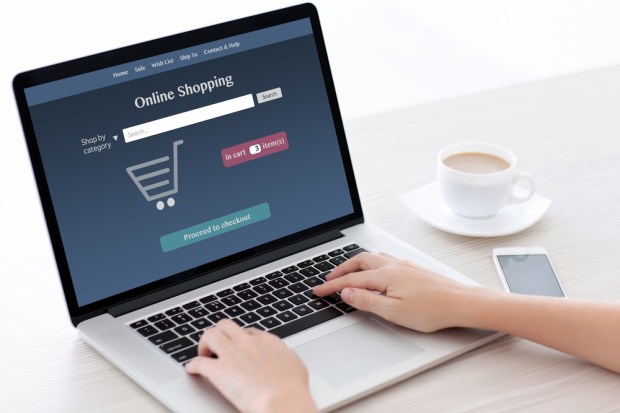Suppliers Miss The eCommerce Mark

In recent years, B2B suppliers and manufacturers have been warned through a flurry of research and reports: corporate buyers want to procure for their companies the same way they do in their personal lives.
That means suppliers are pressured to not only offer an online sales service, but to ensure adequate product information, online checkout and e-payment compatibility.
Have suppliers upped their online commerce game? Not quite yet, says new analysis from Forrester Consulting in a report commissioned by SAP hybris and Accenture Interactive. In fact, the conclusion among researchers is that B2B suppliers are “just not there yet” in terms of meeting their buyers’ needs and wants.
The report’s results were published Tuesday (Nov. 24) and suggest that while procurement officials are steadily increasing their use of digital channels to buy and pay for items and services, suppliers and manufacturers have not developed their online sales and e-payments efforts in a similarly steady fashion. What’s more, suppliers may be too overwhelmed by this omnichannel shift in buying habits to make even simple fixes to the corporate buying experience.
Digital Platforms
Forrester researchers found that 38 percent of suppliers’ customers are shopping online exclusively, and an additional 32 percent are using a combination of online and offline channels. It’s this mix – omnichannel commerce – that is tripping up sellers the most, analysts said. Researchers noted that suppliers have progressed in their data aggregation efforts. But omnichannel purchasing habits have stunted that progress.
[bctt tweet=”38 percent of suppliers’ customers are shopping online exclusively”]
Specifically, the “difficulty sharing customer data and analytics between channels, countries, or locations” is the highest hurdle for suppliers.
The inability to aggregate and analyze data from a multitude of channels creates other problems for sellers, researchers found. For example, B2B suppliers said that personalization is difficult as corporate buyers use a mix of platforms to purchase goods and services, because they cannot adequately streamline the systems that provide customer data across channels.
Basic Needs Unmet
The challenge of aggregating customer data from a multitude of platforms is unsurprisingly a difficult one for suppliers to conquer. However, Forrester’s report points to some of the most basic shopping needs unmet for procurement officials when using online channels, suggesting a few more easily-conquered problems suppliers may want to look at.
Crucially, 19 percent of corporate buyers said the ability to know the price of a good or service is the most important piece of information they look for; 12 percent said it’s the second-most important. With 31 percent of buyers pinpointing pricing transparency, this factor was cited as more important than suppliers being able to make recommendations through shopping habit tracking, or even than suppliers providing consistently lower prices.
Suppliers have also historically struggled to adopt e-payment options for their corporate buyers; however, according to the research, just 20 percent of buyers cited multiple payment options as either their first- or second-most important factor when making a purchase from a supplier.
Interestingly, omnichannel capabilities were the least-commonly cited factor among buyers as ranking their top or second-most important factor when making a purchase from a supplier.
Missed Money
The financial implications of these missed sales opportunities can be significant. Forrester found that not only are procurement officials using online channels more frequently, but they are making more valuable purchases online, too.
Analysis found that 65 percent of B2B buyers saw their total spend increase from the year prior; 63 percent of the year’s online purchases increased in value, while 53 percent said that their average purchase sizes also spiked.
And while researchers concluded that suppliers have made attempts to improve their data-capture practices, the report also found that sellers are likely aware that they are failing to catch up to changes in corporate buying patterns.
Nearly three-quarters of suppliers surveyed said their top motivation for investing in omnichannel initiatives is to meet customer expectations; more than 60 percent also cited consistent customer experience across channels, as well as a longer lifetime value for each customer. Clearly, the B2B buyer is front-and-center for suppliers looking to improve their sales services. But in looking at the data, some analysts may conclude that suppliers are focusing on the wrong factors – omnichannel support and data aggregation – when more straightforward fixes like pricing transparency may be able to boost sales and buyer satisfaction.